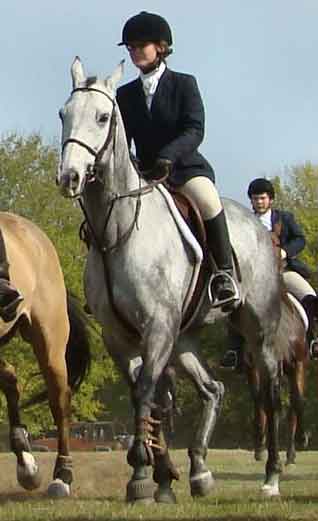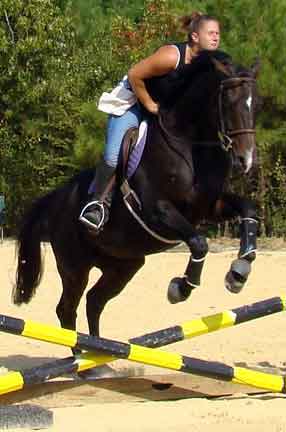The Slaughter of Thoroughbred horses for profit as featured on HBO’s Real Sports.
At Brandywine Farms in Madison you can watch the Thoroughbred as they are turned out to pasture for their morning exercise. It’s an awesome sight to watch these magnificent animals frolic and play, as they kick up their heels with the sheer exuberance of living. Sam and Cody, once race horses, seem to know how lucky they are to be alive. Hundreds of Thoroughbreds just like them aren’t so lucky. When they stop winning on the race track they lose their value to their owners and trainers, and are at a high risk of being sold for slaughter. Since the closing of the three slaughter houses in the United States, the horses are often inhumanely transported hundreds of miles to Mexico or Canada where they are brutally slaughtered in unregulated plants. Their meat is then sold in Europe and Japan for human consumption.
Having the Blood of Champions Running Through Their Veins Offers No Guarantee From Slaughter
Northern Dancer, who won the first two legs of racing’s Triple Crown in 1964, is generally considered to be the greatest sire in Thoroughbred history, producing horses that represent millions of dollars in winnings. Secretariat, the 1972 Triple Crown winner that is perhaps the greatest racehorse of all time, was also a prodigious sire. Melissa has rescued a grandson of each of these legendary horses. Ferdinand, the 1986 Kentucky Derby winner, was slaughtered for his meat in Japan at age 19. No horse, regardless of his bloodline or record of success, is ever safe from slaughter. It affects all breeds, from purebred Arabians to ponies to Clydesdales, but the horses that most often end up at the slaughterhouse are the Quarter Horse and Thoroughbred. To its credit, the Thoroughbred Industry supports many organizations to help find good homes for the retired or unsuccessful race horse. To learn more about these organizations dedicated to saving Thoroughbreds visit the web sites listed on this page. However, there are many good horses that continue to fall through the cracks. Thoroughbred geldings just like Sam and Cody sometimes go directly to the auction house from the race track while others are left in pastures, neglected and forgotten while their health declines and their value as a sport or riding horse diminishes. There are many trainers like Melissa Stierle that workers from the track will call when they know a horse may be headed to slaughter. Indeed, Melissa gets several calls a month regarding a finished race horse needing a home. Sadly, there is no way to save them all and many fine animals with excellent potential go to a fate that they don’t deserve.
Thoroughbred Industry horse rescue information and resources:
- Alex Brown Racing
- Thoroughbred Retirment Foundation
- Thoroughbred Adoption Network
- Listing of Thoroughbred Rescue Organizations

Melissa Stierle, trainer at Brandywine Farm, works with Sam over the fences. 
Hannah Corson rides Cody during a Canton Fox Hunt. Cody’s new occupation will be a field master horse for the hunt.


